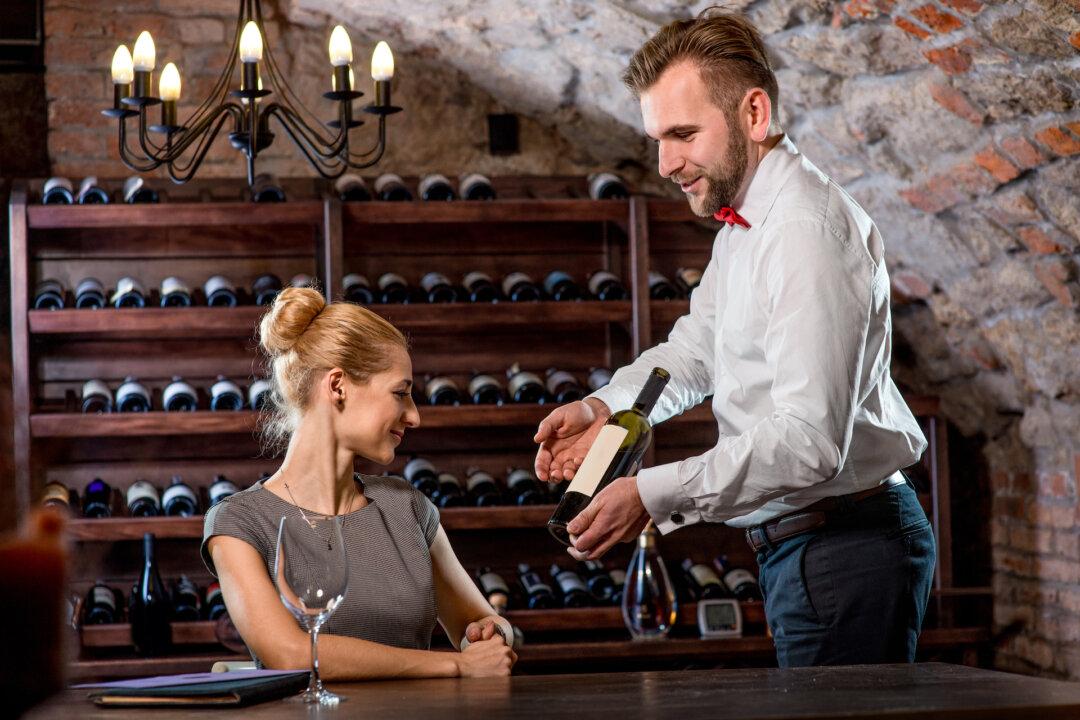I suggested in a column some years ago that, in general, most white wines are best consumed young—after which, a reader chastised me for ignoring what he said was my naivete.
He said great white Burgundies, great German rieslings, and some Australian sémillons were best after a decade or two. “I’m sure you have tasted great old white Burgundies,” he wrote. “How could you ignore these glorious examples of wine at its best?”
It’s true. He was right. Some older white Burgundies can be excellent, even when they are 20 years old. But it’s a subject that ought never to be approached in as small a space as a newspaper wine column. It’s far too complicated to explain briefly.
To suggest that all white Burgundies age well is like saying all Beethoven compositions are superb. I know of at least one example of a Beethoven piece that’s horrible. I performed it and everyone in my choir knew it was a dud. Details on request.
And the number of older white Burgundies I have had that were near-dead or worse is far greater than those that aged well.
White Burgundy, which is made entirely of chardonnay, is one of the few chardonnay-based wines that can age well. However, the operative word here is “can.” Most white Burgundies, as well as most California chardonnays, tire rather quickly.
Moreover, the writer didn’t say this, but chances are the great old white Burgundies he loved were aged perfectly at temperatures no higher than 60 degrees, and preferably at 50 degrees. Aging white wines at warm temperatures is a recipe for disaster.
In that earlier column, I had said that some whites do actually age nicely, including some sauvignon blancs, some Sancerres, some Graves, and even some Champagnes. But it’s a tricky gamble.
I usually love older white wines that are made to be aged. But this is a specialized field that not only requires the aforementioned cool cellar, but also two additional things: remarkable patience by the owner of the wine, and a palate that understands old white wine.
The latter two things aren’t easy to acquire. Old white wines can be slightly brown or even tawny. As all white wines age, their fruit fades. And what you get in return is complexity, which some people don’t understand. Most wine lovers were reared to like fruit and dislike mature whites, which lack fruit.
One of my favorite aged whites is dry sémillon, especially those from France’s Graves (Bordeaux) and those from Australia’s Hunter Valley. These (usually) lower-alcohol wines have a shy aroma with hints of figs and perhaps dried hay when young. As they age, great old sémillons gain aromas of lanolin, tobacco leaf, or even a cigar butt! Sounds odd, yes, but they can be fascinating.
I also adore many dry rieslings with bottle age.
One of the longest-lived white wines is the Loire Valley dessert wine called Quarts de Chaume. I’ve had examples of this that were 40 and 50 years old and still showed amazing freshness and character!





